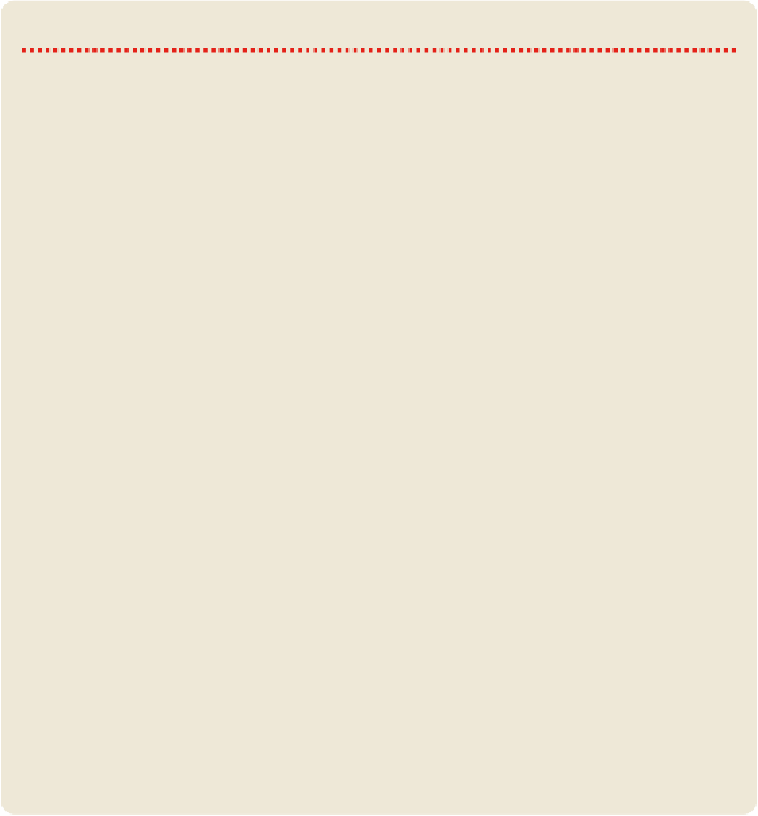Travel Reference
In-Depth Information
WHAT'S SO LONELY ABOUT THE KHAO SAN ROAD?
Th Khao San, better known as the Khao San Rd, is genuinely unlike anywhere else on earth. It's an international
clearing house of people either entering the liberated state of travelling in Southeast Asia or returning to the cod-
dling bonds of first-world life, all coming together in a neon-lit melting pot in Banglamphu. Its uniqueness is
probably best illustrated by a question: apart from airports, where else could you share space with the citizens of
dozens of countries at the same time, people ranging from first-time backpackers scoffing banana pancakes to
75-year-old grandparents ordering G&Ts, and everyone in between, including hippies, hipsters, nerds, glamazons,
package tourists, global nomads, people on a week's holiday and those taking a gap year, people of every colour
and creed looking at you looking at them looking at everyone else?
Th Khao San (
kôw sǎhn
), meaning 'uncooked rice', is perhaps the most high-profile bastard child of the age
of independent travel. Of course, it hasn't always been this way. For its first two centuries or so it was just anoth-
er unremarkable road in old Bangkok. The first guesthouses appeared in 1982, and as more backpackers arrived
through the '80s the old wooden homes were converted one by one into low-rent dosshouses. By the time Alex
Garland's novel
The Beach
was published in 1997, with its opening scenes set in the seedier side of Khao San,
staying here had become a rite of passage for backpackers coming to Southeast Asia.
The publicity from Garland's book and the movie that followed pushed Khao San into the mainstream, roman-
ticising the seedy, and stereotyping the backpackers it attracted as unwashed and counterculturalist. It also
brought the long-simmering debate about the relative merits of Th Khao San to the top of backpacker conversa-
tions across the region. Was it cool to stay on KSR? Was it uncool? Was this 'real travel' or just an international
anywhere surviving on the few baht Western backpackers spent before they headed home to start their high-earn-
ing careers? Was it really Thailand at all?
Perhaps one of Garland's characters summed it up most memorably when he said: 'You know, Richard, one of
these days I'm going to find one of those Lonely Planet writers and I'm going to ask him, what's so fucking
lonely about the Khao San Road?'
Today more than ever the answer would have to be: not that much. With the help of all that publicity, Khao San
continued to evolve, with bedbug-infested guesthouses replaced by boutique hotels, and downmarket TV bars
showing pirated movies transformed into hip design bars peopled by flashpackers in designer threads. But the
most interesting change has been in the way Thais see Khao San.
Once written off as home to cheap, dirty
fa·ràng kêe ngók
(stingy foreigners), Banglamphu has become just
about the coolest district in Bangkok. Attracted in part by the long-derided independent traveller and their modern
ideas, the city's own counterculture kids have moved in and brought with them a tasty selection of small bars, or-
ganic cafes and shops. Indeed, Bangkok's indie crowd has proved to be the Thai spice this melting pot always
lacked.
Not that Khao San has moved completely away from its backpacker roots. The strip still anticipates every trav-
eller need: meals to soothe homesickness, cafes and bars for swapping travel tales about getting to the Cambodian
border, tailors, travel agents, teeth whitening, secondhand books, hair braiding and, of course, the perennial Akha
women trying to harass everyone they see into buying wooden frogs. No, it's not very lonely at all…

